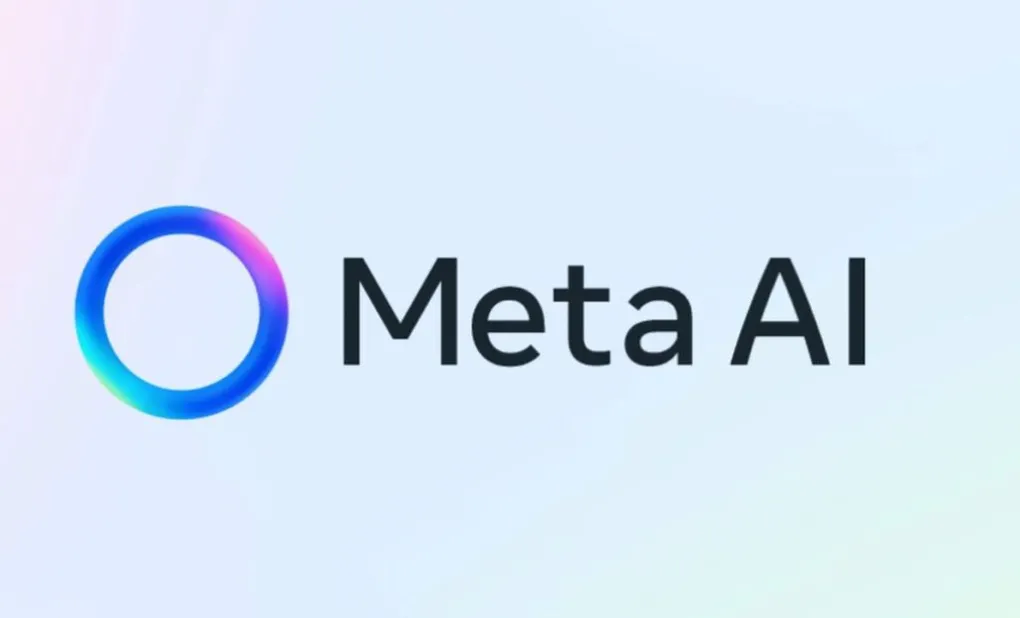
Cybersecurity Regulation for AI Systems: Mitigating Liability and Compliance Risks
Introduction
As AI systems become integral to decision‑making—from autonomous vehicles to financial chatbots—they introduce novel cyber‑attack surfaces and complex liability questions. Organisations must navigate not only traditional cybersecurity obligations but also emerging AI‑specific standards to mitigate data breaches, adversarial exploits, and regulatory penalties.
The Australian Cybersecurity & AI Regulatory Landscape
Existing Legislation & Voluntary Standards
Privacy Act 1988 & APP 11A Breach Notifications: The Privacy Act’s enhanced breach‑notification regime requires entities to report eligible data breaches to both affected individuals and the OAIC as soon as practicable.
Security of Critical Infrastructure Act 2018: Operators of designated critical assets (energy, finance, transport) must implement risk‑management programs and notify significant cyber incidents—now explicitly extending to AI‑powered control systems.
Voluntary AI Ethics Principles (2019): High‑level guidelines encouraging fairness, transparency, and security in AI development, aligned with OECD principles but without binding force.
Voluntary AI Safety Standard (2024): Practical guardrails—covering human oversight, risk management, and vulnerability testing—offered by industry bodies to preempt AI‑related harms.
Emerging AI‑Specific Regulation
Mandatory Guardrails for High‑Risk AI: Under consultation, binding requirements (human‑in‑the‑loop, resilience testing) are proposed for “high‑risk” systems.
Senate Inquiry & National AI Safety Framework: Recommended transparency mandates for AI outputs, rigorous third‑party audits, and statutory oversight to curb malicious uses like deepfakes.
Digital Transformation Agency’s AI Policy (2024): Government agencies must adhere to mandatory AI‑responsibility principles, including secure deployment and ongoing risk assessments.
Technical Vulnerabilities in AI Systems
AI introduces unique cybersecurity challenges that amplify traditional IT risks:
Adversarial Attacks: Subtle input perturbations can mislead models—risking safety in systems like autonomous vehicles.
Data‑Poisoning & Backdoors: Malicious training samples or hidden triggers may allow attackers to hijack model behavior at inference time.
Model Inversion & Membership Inference: Attackers can reconstruct private training data or confirm individual inclusion, leading to privacy breaches beyond raw data theft.
Infrastructure Misconfigurations: AI pipelines rely on complex cloud and microservices; misconfigured endpoints (e.g., open S3 buckets) can expose models and data.
Liability and Compliance Risks
AI systems straddle product liability, data‑protection, and tort law, leading to multifaceted exposure:
Product Liability: Under the Australian Consumer Law, software is “goods”; defective AI outputs causing harm can trigger strict liability claims.
Statutory Privacy Torts: The Privacy Act’s statutory tort for serious invasions applies when AI‑driven profiling or automated decisions mishandle personal data.
Breach‑Notification Penalties: Failing to report eligible breaches under APP 11A risks fines and reputational damage.
Director & Board Duties: Following AICD Cyber Security Governance Principles, boards must oversee AI risk; negligence can lead to directors’ duties claims under the Corporations Act.
Principles for Mitigating AI Cybersecurity Risks
Security‑By‑Design for AI
Embed security at every lifecycle stage—data collection, model training, deployment, and monitoring—by integrating AI‑specific standards (e.g., the 2024 Voluntary AI Safety Standard) into DevSecOps pipelines.
Risk Assessment & Threat Modeling
Conduct AI‑centric threat models: map data flows, identify adversarial entry points, and simulate likely attack scenarios (e.g., poisoning, evasion). Update risk registers regularly.
Integrating Legal & Technical Measures
Cross‑Disciplinary Collaboration
Forge teams combining legal/compliance (to interpret obligations), data scientists/engineers (to implement countermeasures), and risk/audit (to oversee incident response).
Impact Assessments
Pair Privacy Impact Assessments (PIAs) with Cyber Security Impact Assessments (CSIAs) for AI projects, ensuring both privacy and security dimensions are evaluated pre‑deployment.
Governance & Incident Response
Establish an AI Security Committee with clear escalation paths, develop playbooks for AI incidents (technical containment, legal notification, regulator engagement), and conduct regular drills.
Case Study: Meta AI Chatbot Prompt‑Leak Vulnerability
In late 2024, cybersecurity researcher Sandeep Hodkasia discovered that Meta AI’s chatbot exposed private user prompts and AI‑generated responses simply by manipulating numeric identifiers in network requests—a classic insecure direct object reference (IDOR) flaw.
Discovery & Exposure
On December 26, 2024, Hodkasia identified that, when a user edited their prompt, the backend assigned it a unique number. By tampering with that identifier, any user could retrieve another user’s conversation history.
Regulatory & Privacy Impact
This vulnerability carried immediate obligations under APP 11A: Meta was required to assess the incident’s severity, notify the Office of the Australian Information Commissioner, and inform affected users of the breach’s nature and recommended next steps.
Mitigation & Remediation
Meta rolled out server‑side authorization checks by January 24, 2025, ensuring prompt‑fetch requests verify the requester’s entitlement. The company also expanded its bug‑bounty scope to include AI‑service endpoints and instituted quarterly AI‑security audits.
Bug‑Bounty & Transparency
While no evidence emerged of malicious exploitation, Meta awarded Hodkasia a US$10 000 bounty for responsible disclosure and published a post‑mortem detailing the patch and preventive measures.
This real‑world incident illustrates how even large‑scale AI deployments can suffer from classic cybersecurity oversights—and underscores the need for security‑by‑design, robust incident‑response plans, and clear regulatory compliance to protect user data and limit liability.
Conclusion & Future Directions
As AI’s footprint expands, so too will the regulatory and liability landscape. By harmonising security‑by‑design practices with evolving Australian regulations—and distilling complex risks into AI Cyber‑Security Cards—organisations can stay ahead of threats, limit liability, and foster trust in the AI systems that power our future.

Comments
Sign in to leave a comment